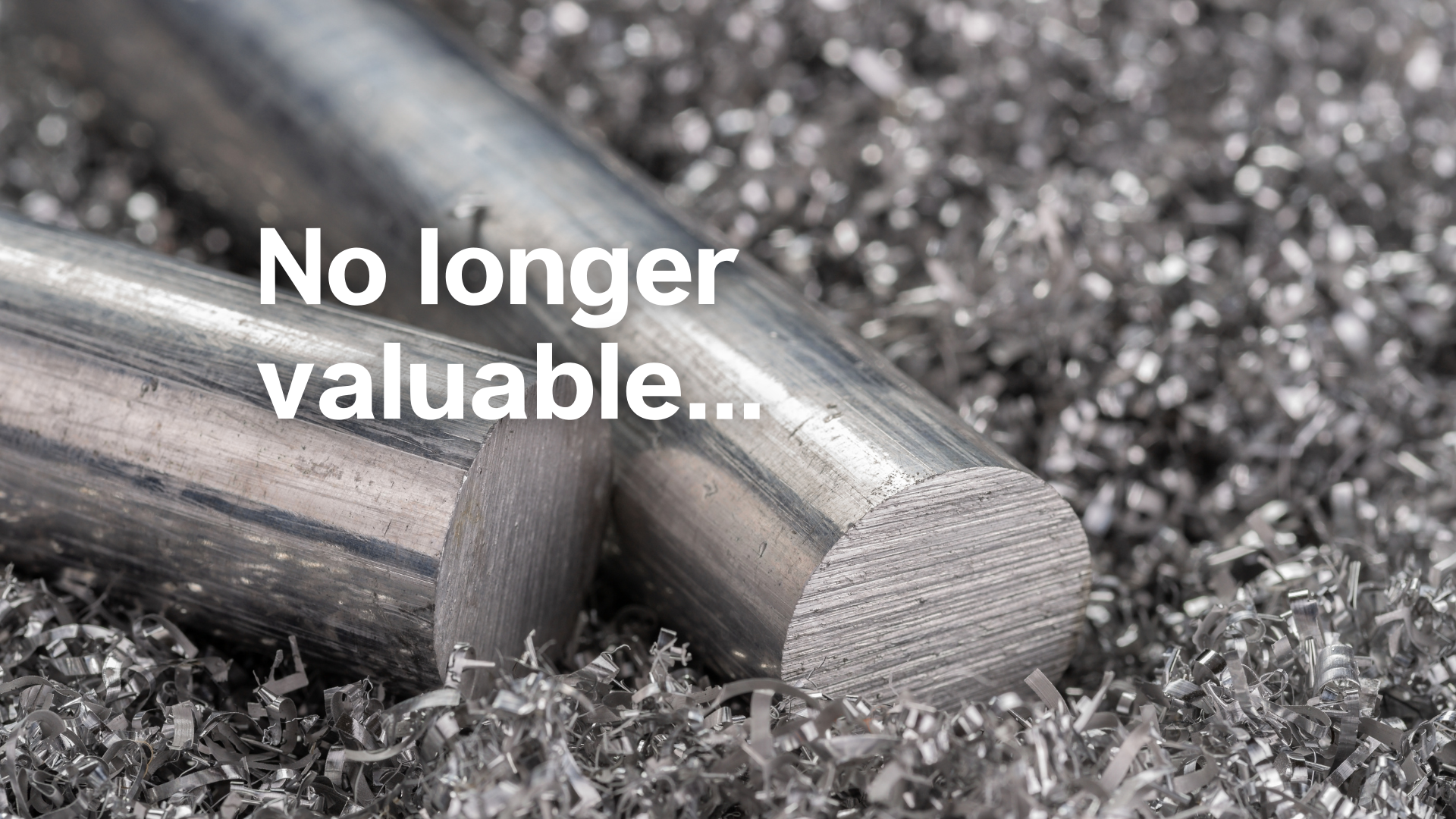

Aluminum has become an indispensable material in modern industries and everyday life. Yet, it wasn’t always so widely available or affordable. In fact, at one time, aluminum was considered a precious metal, more valuable than gold and prized for its brilliant luster and lightweight properties. Today, aluminum’s journey from an exclusive luxury to a globally accessible industrial material tells a fascinating story of scientific innovation, technological advancement, and shifts in global demand.
In the early 19th century, aluminum was an enigma a lightweight metal with a natural shine that made it highly desirable. However, because of its strong affinity for oxygen, aluminum rarely occurs in its metallic form. Instead, it’s typically found in mineral compounds, requiring complex processes to separate it into pure aluminum. The metal’s scarcity and the high cost of extraction made aluminum rarer and more valuable than gold.
For example, Napoleon III of France had a set of aluminum cutlery reserved for his most distinguished guests, while others used gold utensils. Similarly, the Washington Monument was capped with a small aluminum pyramid in 1884, symbolizing its status as a precious material at the time. The few who possessed aluminum objects owned something truly rare and valuable.
The perception of aluminum began to shift in the late 19th century with several key scientific breakthroughs. In 1886, two scientists working independently Charles Martin Hall in the United States and Paul Héroult in France developed the Hall-Héroult process, a revolutionary electrolytic method for extracting aluminum from alumina (a refined form of bauxite ore). Shortly after, Carl Bayer devised a process for purifying bauxite, creating a reliable source of aluminum. Together, these processes drastically reduced the cost of aluminum production and made it commercially viable on a large scale.
The Hall–Héroult and Bayer processes, still the foundation of modern aluminum production, made it possible to obtain aluminum at a fraction of the previous cost. By the 20th century, aluminum was no longer an elite metal but rather an emerging industrial material.
With its newfound affordability, aluminum’s versatility sparked interest across industries. Aluminum’s low density, corrosion resistance, and strength-to-weight ratio made it ideal for applications requiring both durability and lightness. Early on, aluminum was used in railroad and marine industries, and as alloys were developed, the applications broadened.
In 1909, the German metallurgist Alfred Wilm developed an aluminum-copper alloy known as duralumin. This alloy demonstrated exceptional strength while remaining lightweight, making it ideal for aircraft manufacturing. By the 1930s, advancements in alloying led to the creation of 6061 aluminum, a medium-strength alloy with good corrosion resistance that is still widely used today.
Throughout the 20th century, more aluminum alloys were created to meet the needs of various sectors, including aerospace, automotive, and construction. The flexibility of aluminum alloys allowed engineers to tailor the metal’s properties, such as hardness and thermal conductivity, for specific uses. As a result, aluminum became the go-to metal for applications ranging from beverage cans and window frames to automotive components and high-rise building structures.
By the 1940s, aluminum production had scaled up significantly, driven by World War II demands for lightweight and durable materials. With increased production and new applications, the price of aluminum dropped, making it widely affordable and accessible. Around this time, aluminum became cheaper than copper, marking a turning point in its perceived value.
The development of various aluminum alloys and the adoption of recycling practices in the late 20th century further decreased the cost of aluminum. Today, recycled aluminum accounts for nearly half of all aluminum used globally, which not only lowers production costs but also enhances the material’s sustainability by reducing the need for new bauxite extraction.
Aluminum is no longer rare, nor is it costly to produce. Its transformation from a precious metal to a widely used industrial material has positioned it as one of the most practical and sustainable metals available. Innovations like selective laser melting in 3D printing and powder metallurgy continue to open new doors for aluminum, keeping it relevant in cutting-edge industries while reinforcing its status as an essential, rather than precious, metal.
Aluminum’s journey reflects the power of scientific innovation and market adaptation. No longer a precious metal, aluminum is valued for its unique properties and versatility rather than its rarity. Its affordability, recyclability, and strength make it integral to sustainable manufacturing and essential to industries that range from aerospace to consumer goods.
From Napoleon’s exclusive dinnerware to everyday soda cans, aluminum has come a long way and its importance only grows with time. While it may have lost its “precious” label, aluminum has become priceless in ways its earliest admirers could never have imagined.
Ashkenazi, D. (2019). How aluminum changed the world: A metallurgical revolution through technological and cultural perspectives. Technological Forecasting and Social Change, 143, 101–113. https://doi.org/10.1016/j.techfore.2019.03.011